What is a galette?
Galettes are a freeform tart that can be sweet or savoury, and are an incredibly versatile dish. Traditionally, they involve making a quick dough, placing a filling in the center of that dough, folding over the sides, and baking it until the dough and stuffing/garnishes are cooked through.
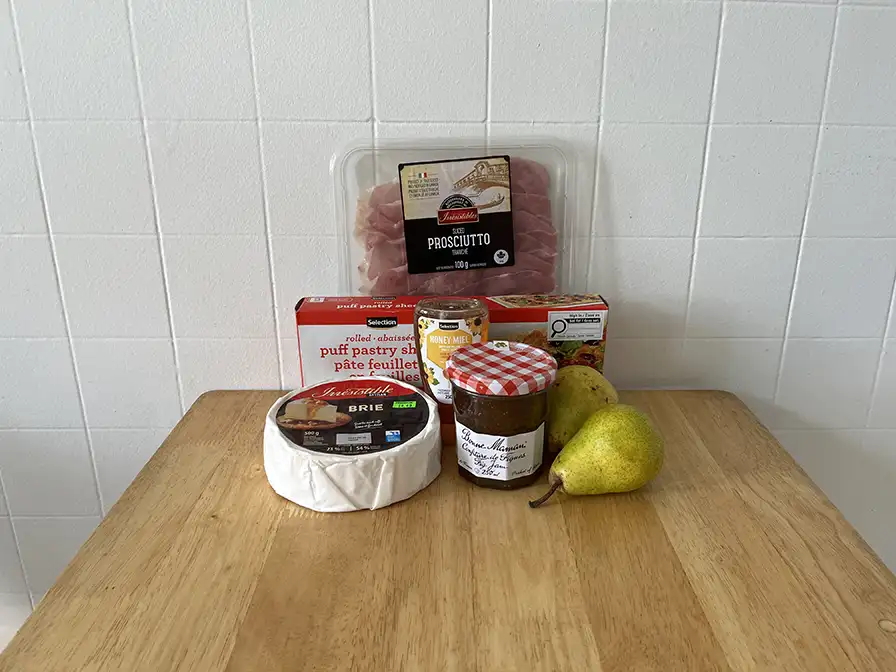
If that sounds dead easy, that's because it is - one can throw a galette together fairly quickly if all the ingredients are prepared in advance. For example, the Galette Complete *(accent grave here)* takes a slice of ham and some Emmenthaler cheese, places these in the center, folds up the edges of the dough, then cracks an egg in the center before baking: After baking, the egg is cooked and the cheese is melted. To Chris, this sounds like something they could reasonably accomplish at 6 in the morning!
There are regional differences to all galettes. The dough of a Breton galette is usually a buckwheat flour crepe with savoury filling, while a sweet version is a standard white flower crepe filled with a sweet filling, and maybe rich cheese. Buckwheat flower was used for a couple of reasons: first, buckwheat is known for its ease of growing in less-than-ideal soil, making it accessible to a greater number of hungry farmers. Second, straight-up buckwheat has a bit more of a savoury taste than white flower, making it more compatible for savoury galettes. Other varients on a galette include galettes saucisse: a sausage wrapped in a galette, then eaten like a hotdog. Of course, due to the colonial history of France, there is a guianan variety called a *creole* *galette*, though that more resembles a King Cake than the galettes we discuss here. It is a sweet galette cooked with cream, cocoanut, and guava, and consumed throughout the Carnival period, and accompanied by champagne.
Our galette is savoury, but rich: We use a base of prosciutto and fig jam while topping that with brie, sliced pear, and thyme simple syrup. We simply used a pre-made puff pastry to wrap it, which worked perfectly: the crust was crispy and cooked through, and was a solid vessel for a galette with many ingredients
Brie Supreme
Ahh brie: the quickest way to take your cheese plate from budget to bougie. It's easy to see why - it eats well cold, hot, melted into dip, spread onto toast or crackers, and justifies the use of acidic or pungent tartinades, pastes, chutneys, and more. Rich foods are a great opportunity to explore extremes (which we will write about more in our Duck Breast post this month). But with all this choice, how can we choose what to pair (or pear??) with brie? One way to divine a great combination is to learn where brie comes from, how it's made, and how it differs from other cheeses.
First, cheese needs milk, which can come from sheep, goats, cows, and others animals. The flavour of that milk, influenced by quality of life and diet of the animal, will contribute to the flavor of the cheese. Brie, like many cheeses including camembert and Neufchateau, comes from cows milk. It can come from either raw or pasteurized milk, though pasteurized milk is less risky to make cheese with than raw, especially for a soft cheese like brie.
Once the milk cools from the pasteurization, rennet and starter bacteria are added to acidify and coagulate the milk. This curd is cut to release the whey (the liquid you can find in some buffalo mozzarella), after which ripening microbes are added to the curd before the cheese is left to age for four to five weeks. The ripening stage is where soft cow's milk cheeses like brie differentiate from other soft cheeses like a Roquefort or Munster; Rather than a blue penicillin mold, like is used for blue cheeses (and which gives them their characteristic blue veins and aromatic funk), white penicillin is used instead. This other mold causes the milk to surface ripen (ripen from the outside in, rather than all at once) and adopts a creamy texture to the cheese, rather than a crumbly one like gorgonzola.
Finally, what is the big difference between brie and camembert? First, they have a slightly different composition: there is slightly more butterfat in brie than in camembert, and it makes a noticeable difference in flavor. However, like so many French classifications, a major difference between brie and camembert is simply where it was produced: brie cheese is made in Brie, France. The different regions in France have different traditions, methods, and protocols for making cheeses, and the set of protocols that Brie has used for centuries result in a different cheese from surrounding regions.
Ok, now that we know this, what do we pair with brie? Let's think about the butterfat first - acidic and strong flavored dips and sauces, and salty, preserved meats will accent the rich butterfat of the brie, allowing more of the brie's natural mushroom and garlic flavor to come through. However, the butter fat and creaminess of the brie let's it pair well with many fruits, jams, and ground spices, providing a stable base for a filling dessert. Brie also pairs well with red wine and ciders, making it a staple of any cheese board. We are faced with a refrain on this blog - buy a wheel of brie, and play with flavour combinations. The only way to know for sure if something tastes well with brie is to try tasting different things with brie - you may find the basis of your next galette!
How to make it
Whipped brie
First, take a vegetable peeler and remove the white rind from the brie. Cube the brie, then set it aside for an hour. This will ensure the brie comes to room temperature, making it easier to whip.

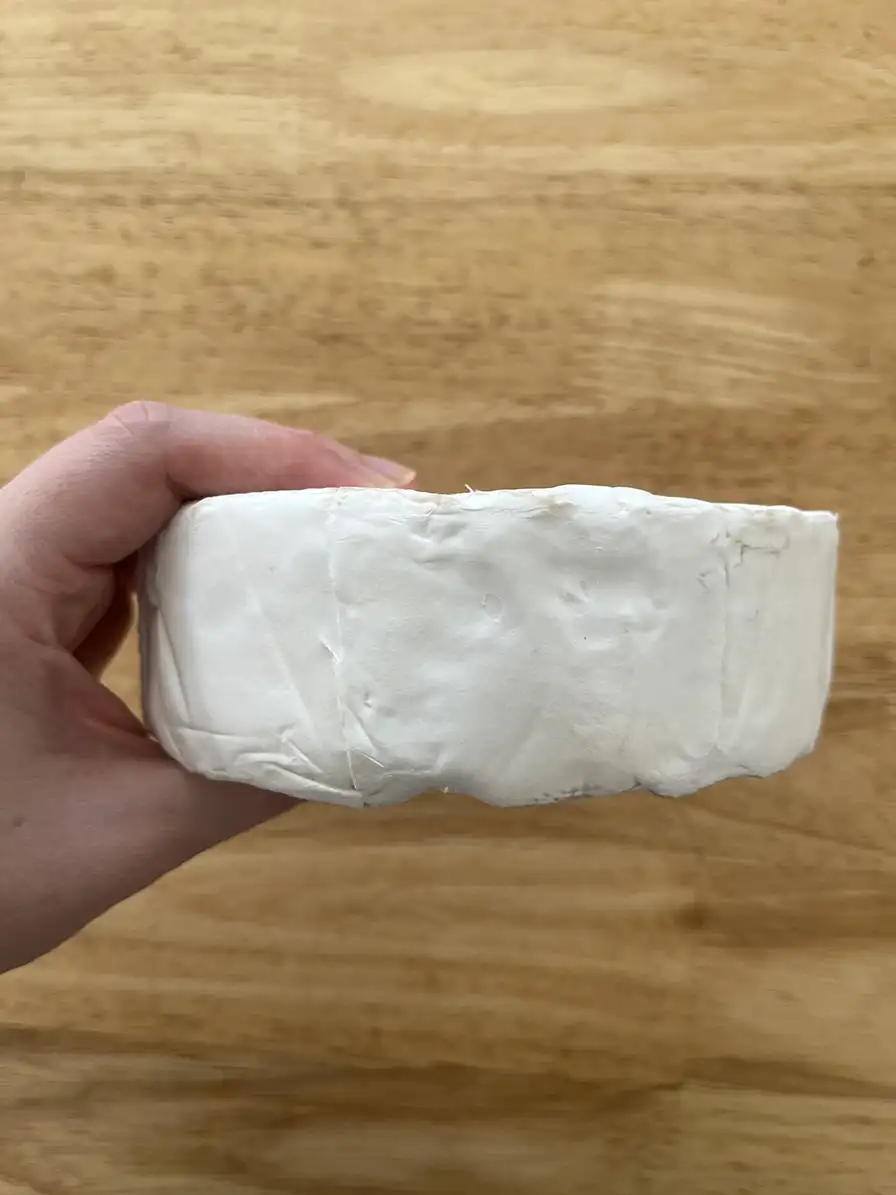
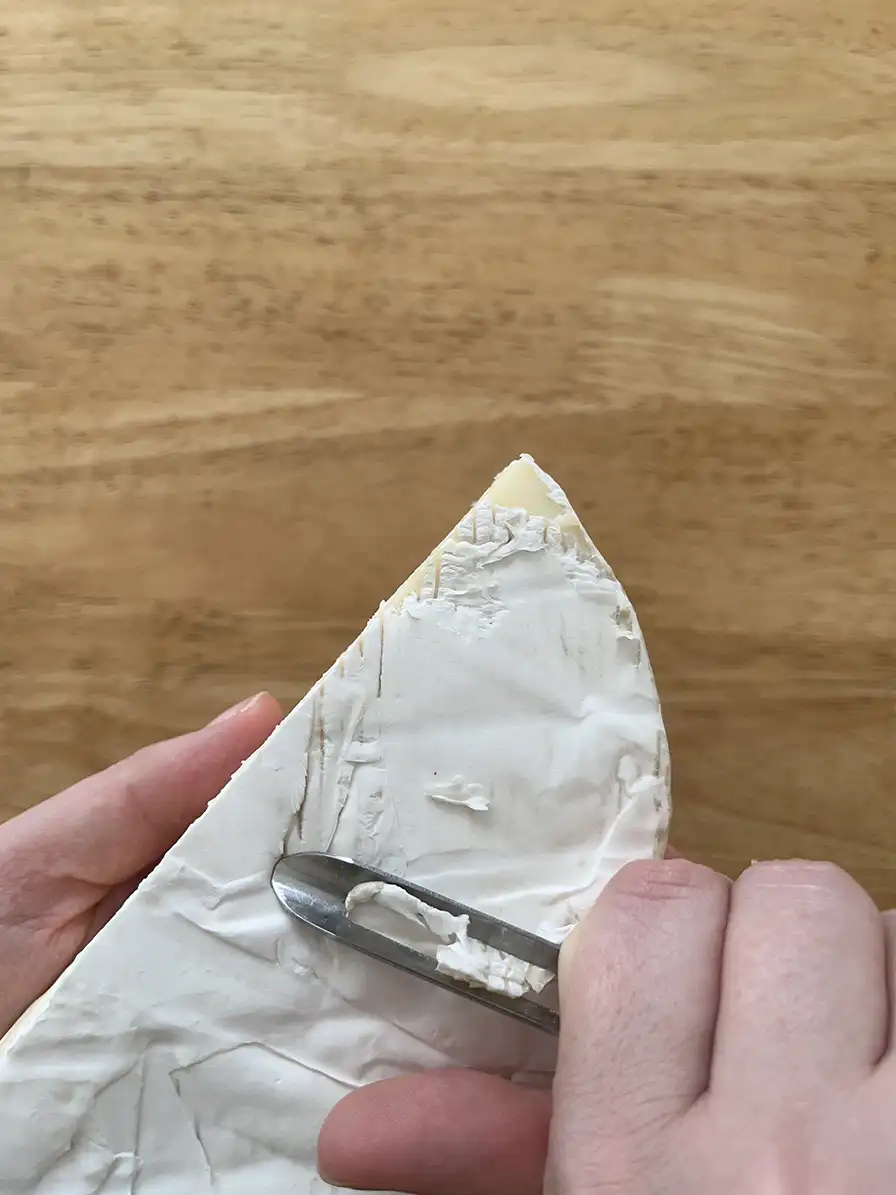
Once at room temperature, add the brie and the garlic to a food processor and combine on high speed until smooth and light. You may have issues achieving this texture: in that case, add room temperature butter or cream and keep whipping until you get the texture you need.
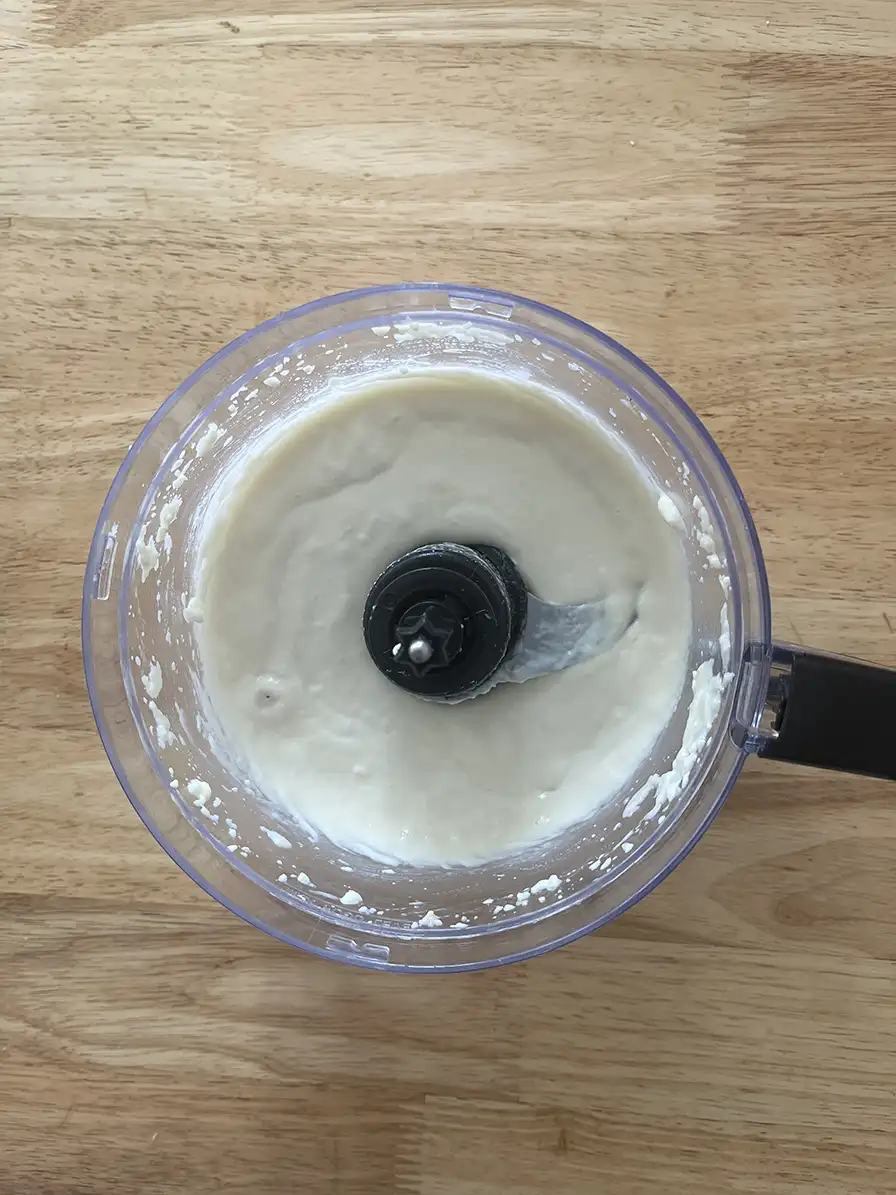
Honey Thyme Syrup
Next, let's make thyme honey syrup. In a small saucepan, boil the water. Reduce that temperature to a simmer, then add honey and thyme. Simmer that on low heat for about ten minutes, then set aside to cool.
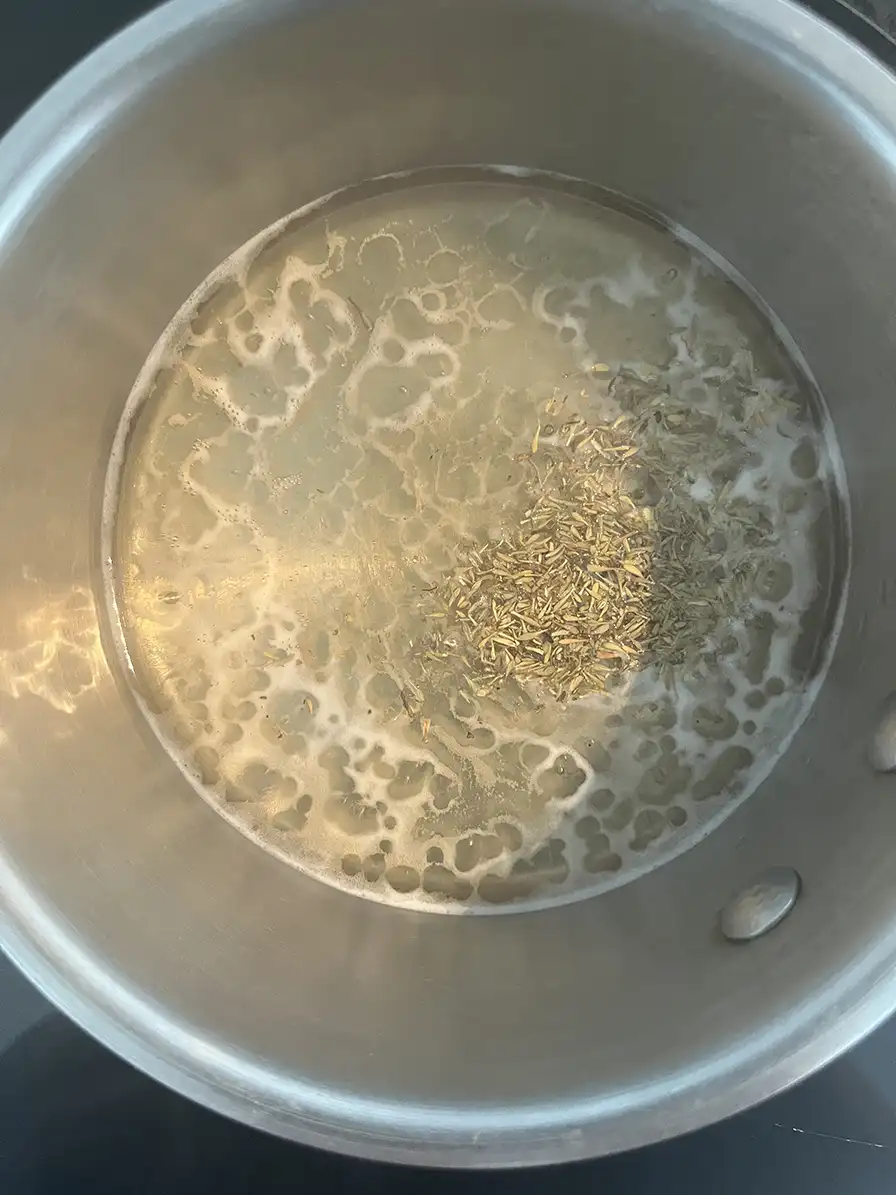
Building the Galette
Now for the Galette: Preheat your oven to 400°F (you can do this while preparing the other ingredients). Lightly flower a surface like your table or counter, and roll out the pastry into a large circle. Transfer that to a bake pan lined with parchment paper, and poke it with a fork.
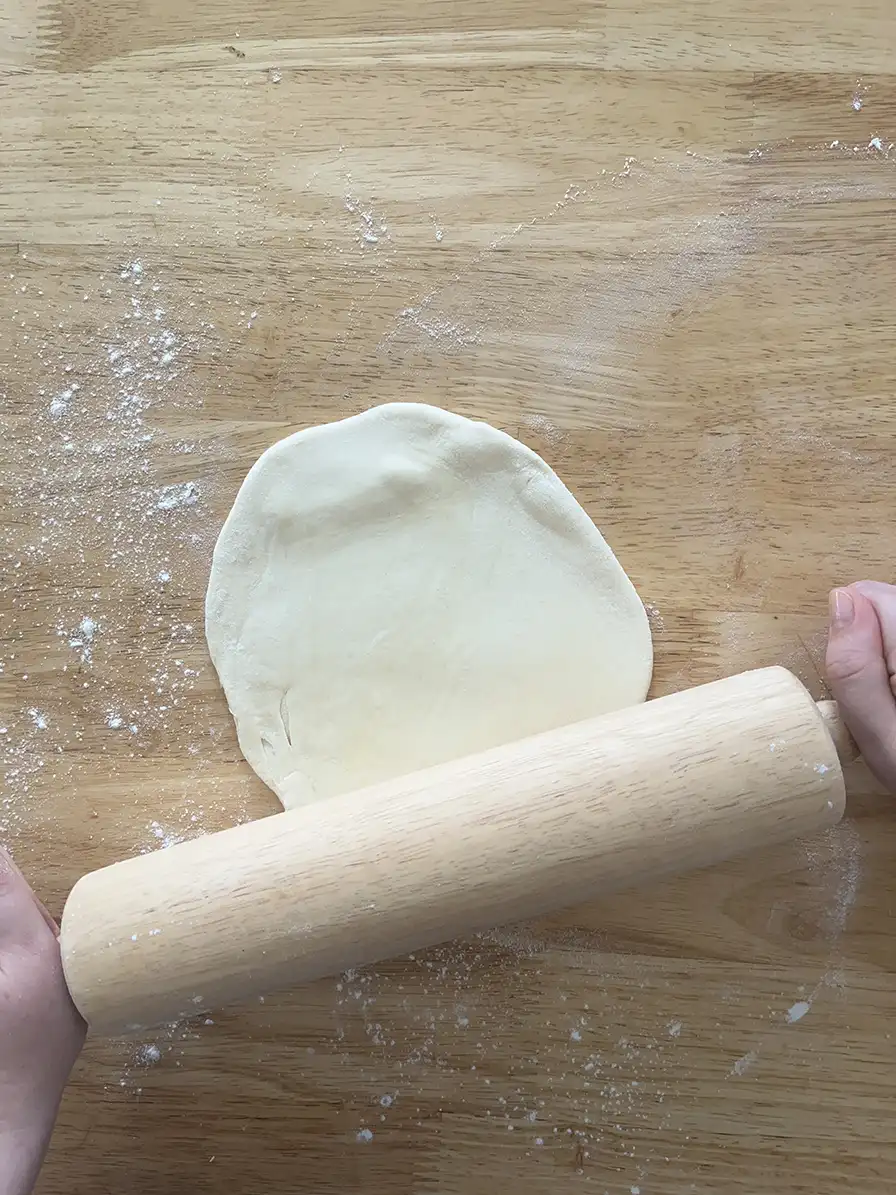
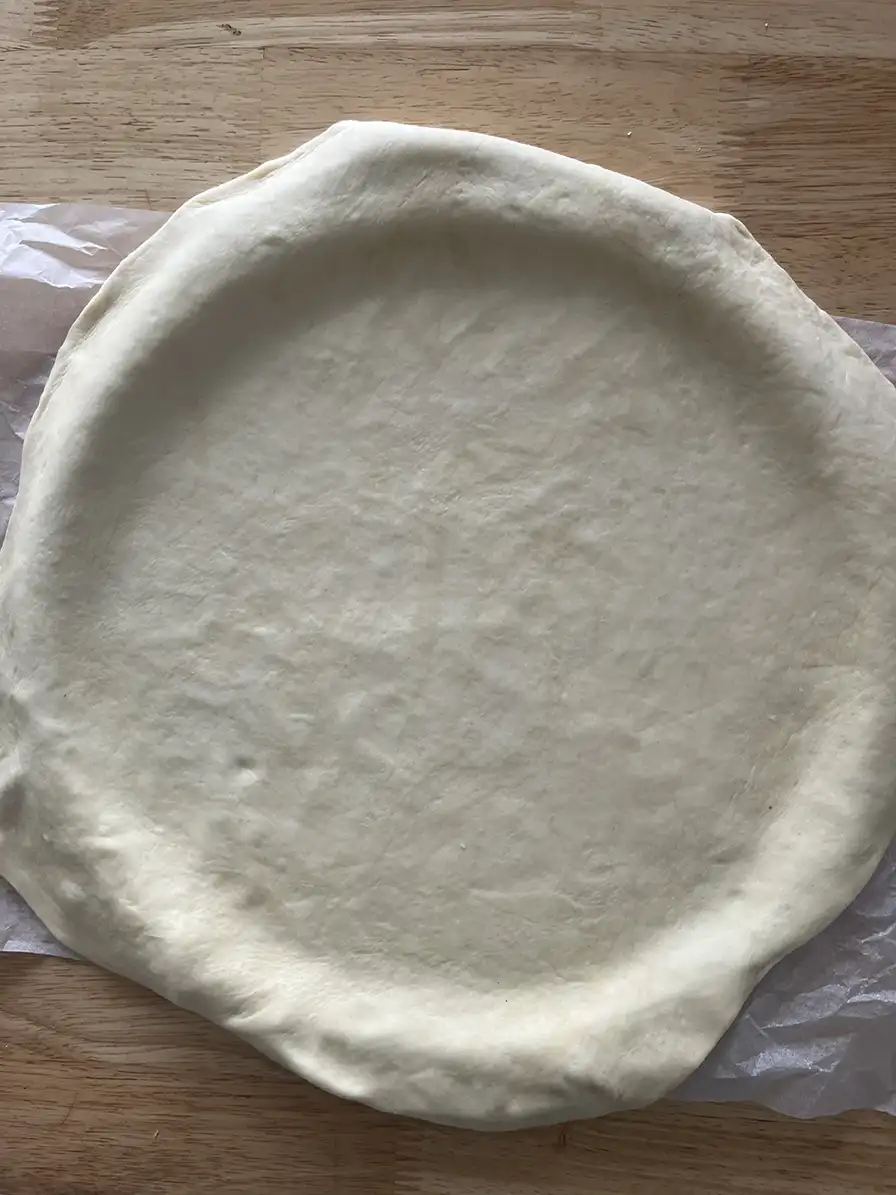

Grab the fig jam, and spread a thin layer on the puff pastry. Leave the edges of the pastry exposed so that it can be folded later.
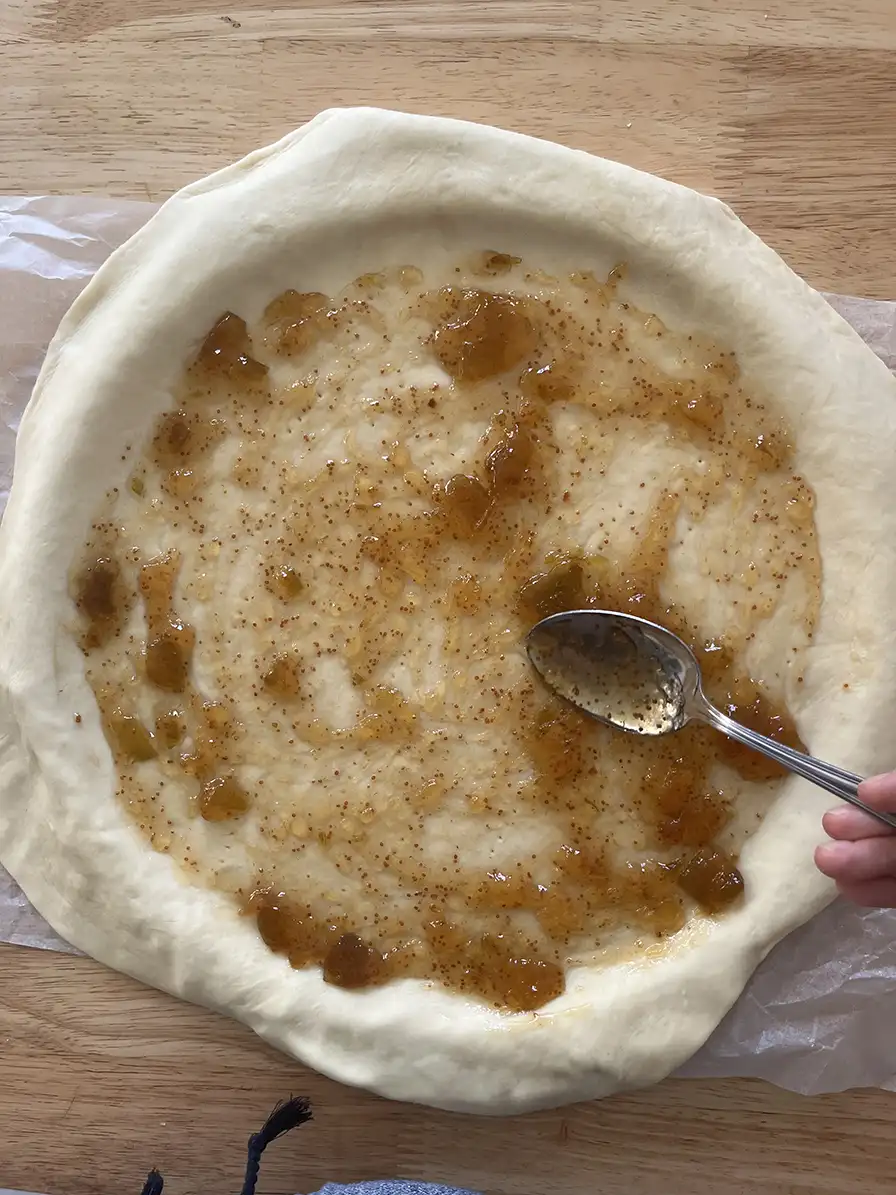
Then spread your whipped brie on top of the fig jam.

Next, take your prosciutto and lay the slices on top of the brie, ensuring all the fillings are covered by the meat.
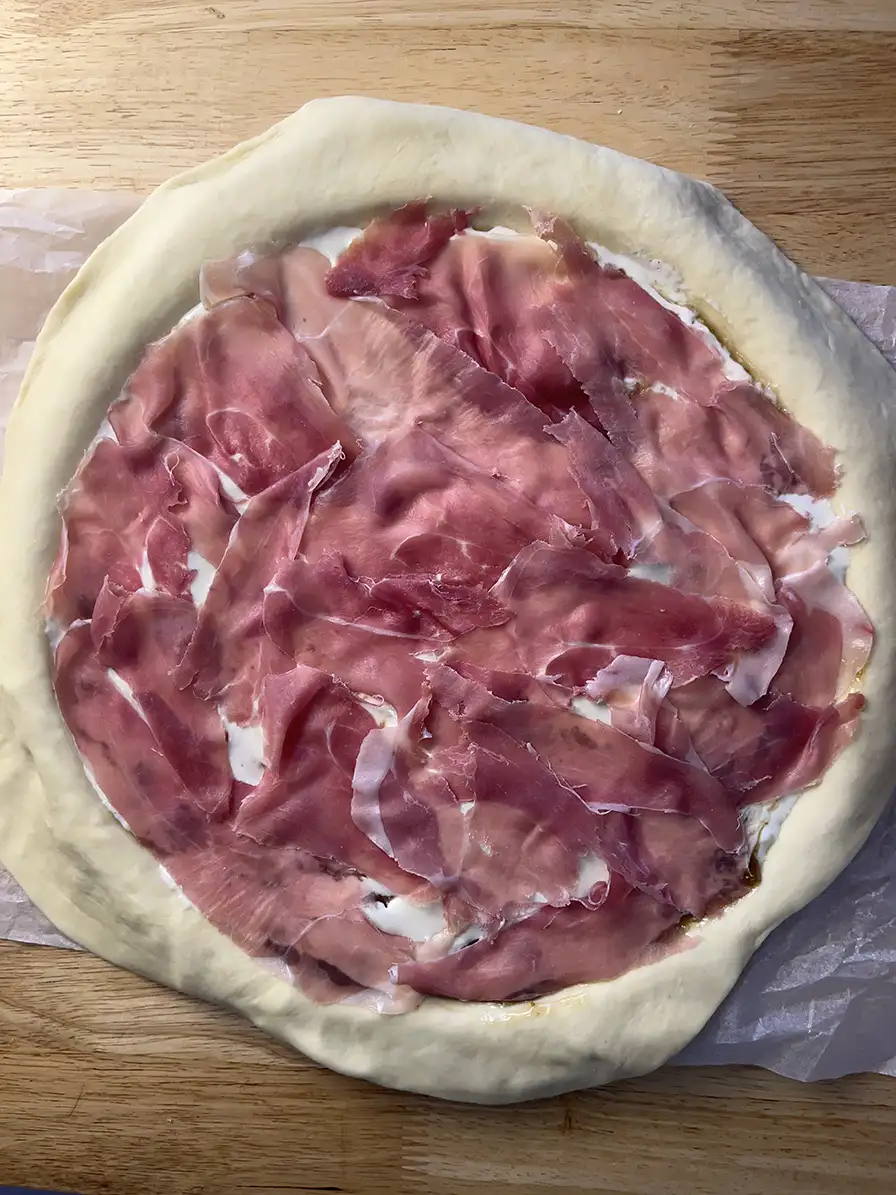
For the last bit of our garnishes, take your pieces of sliced pear, and layer them on the prosciutto.
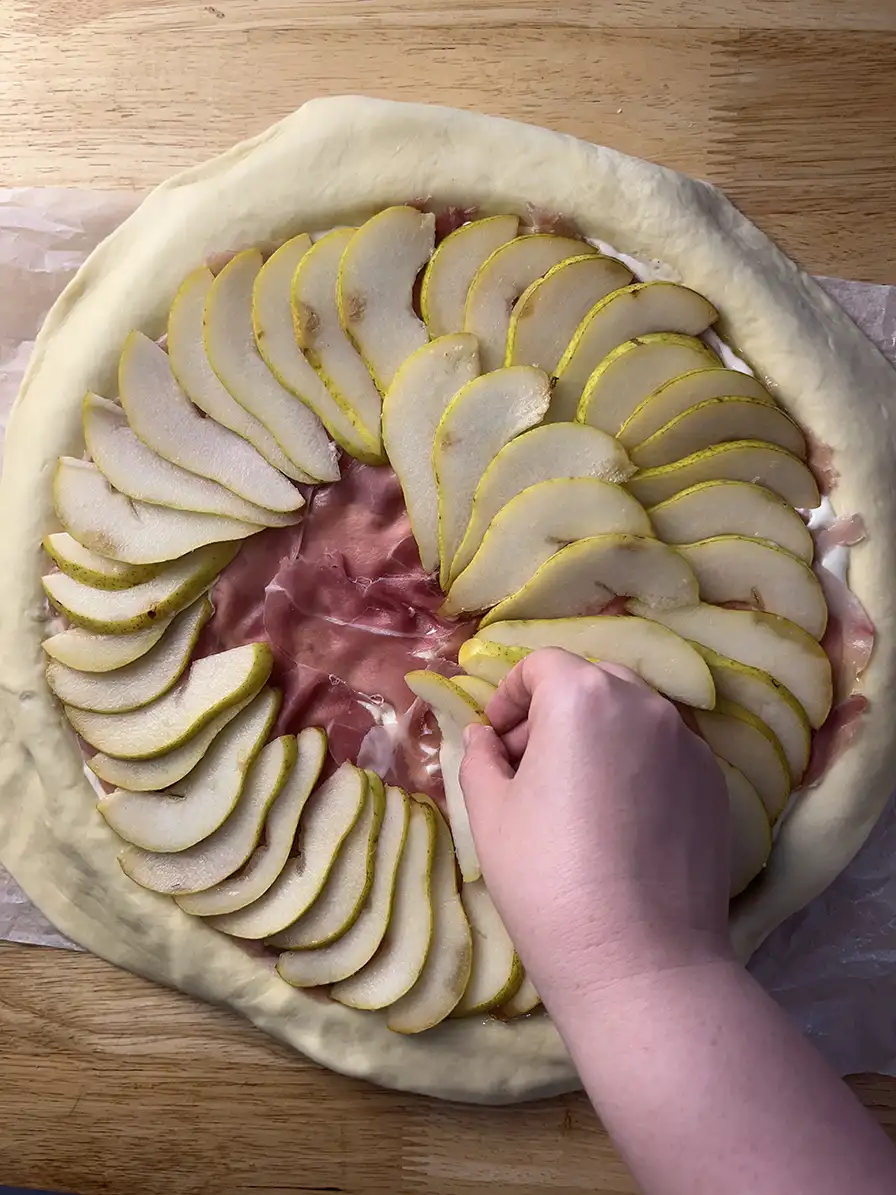
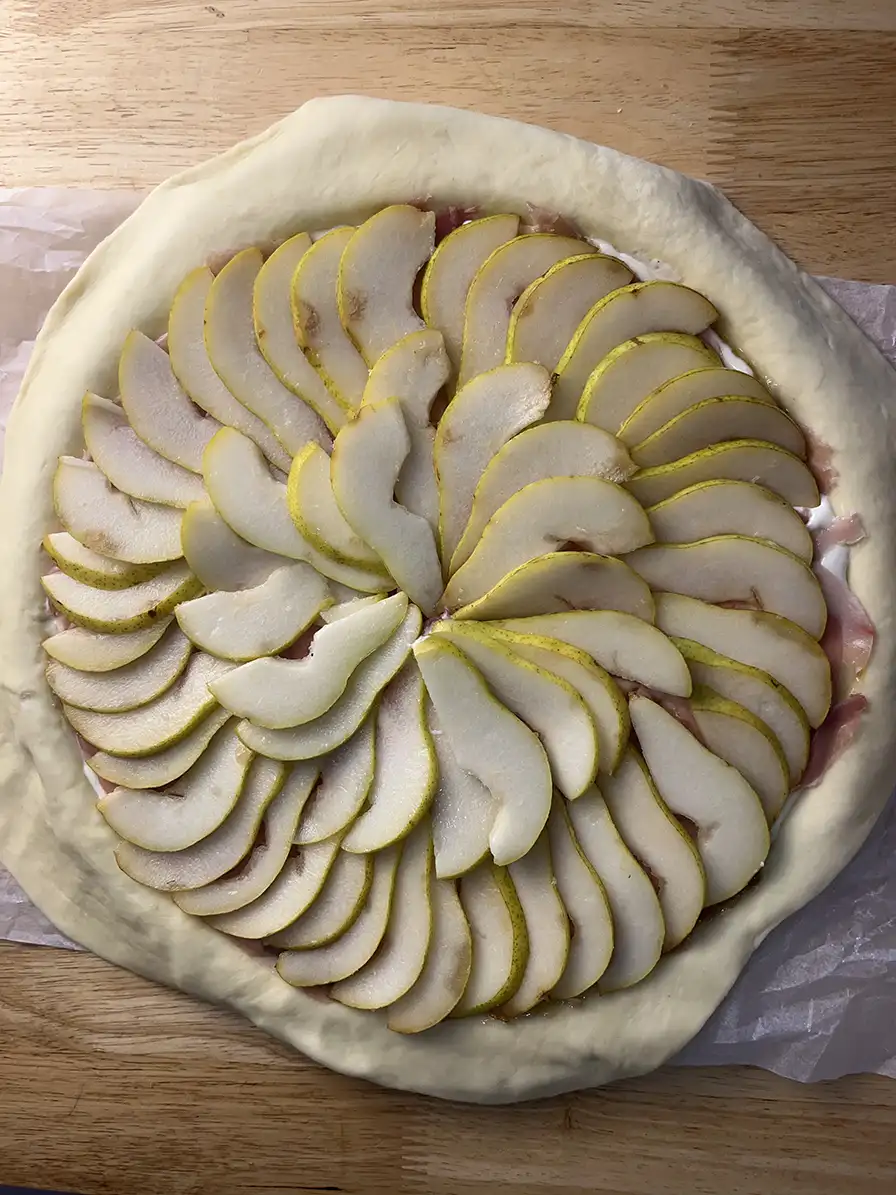
We are almost ready for the oven. Fold the edges of the galette to make something resembling a pie crust.
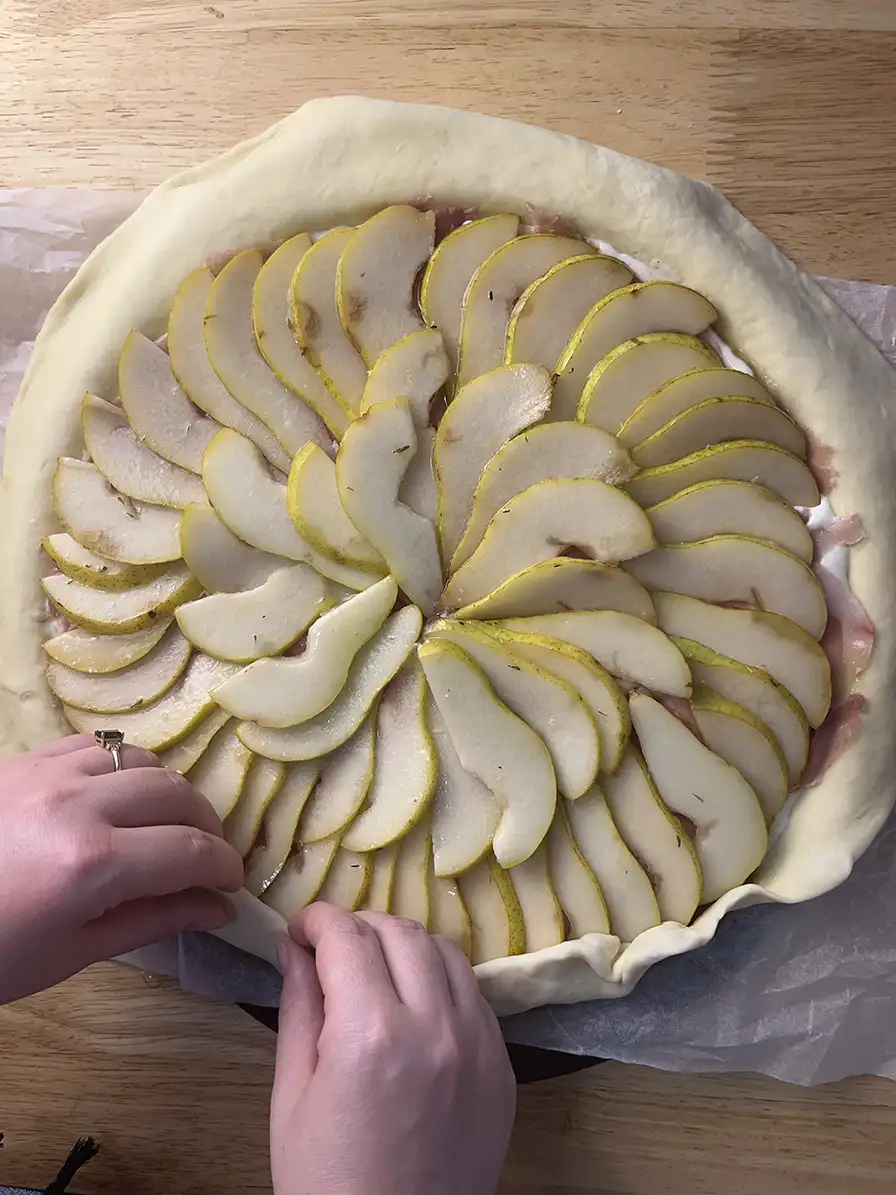
Grab a basting brush and your thyme honey syrup. Brush the syrup onto the pears.
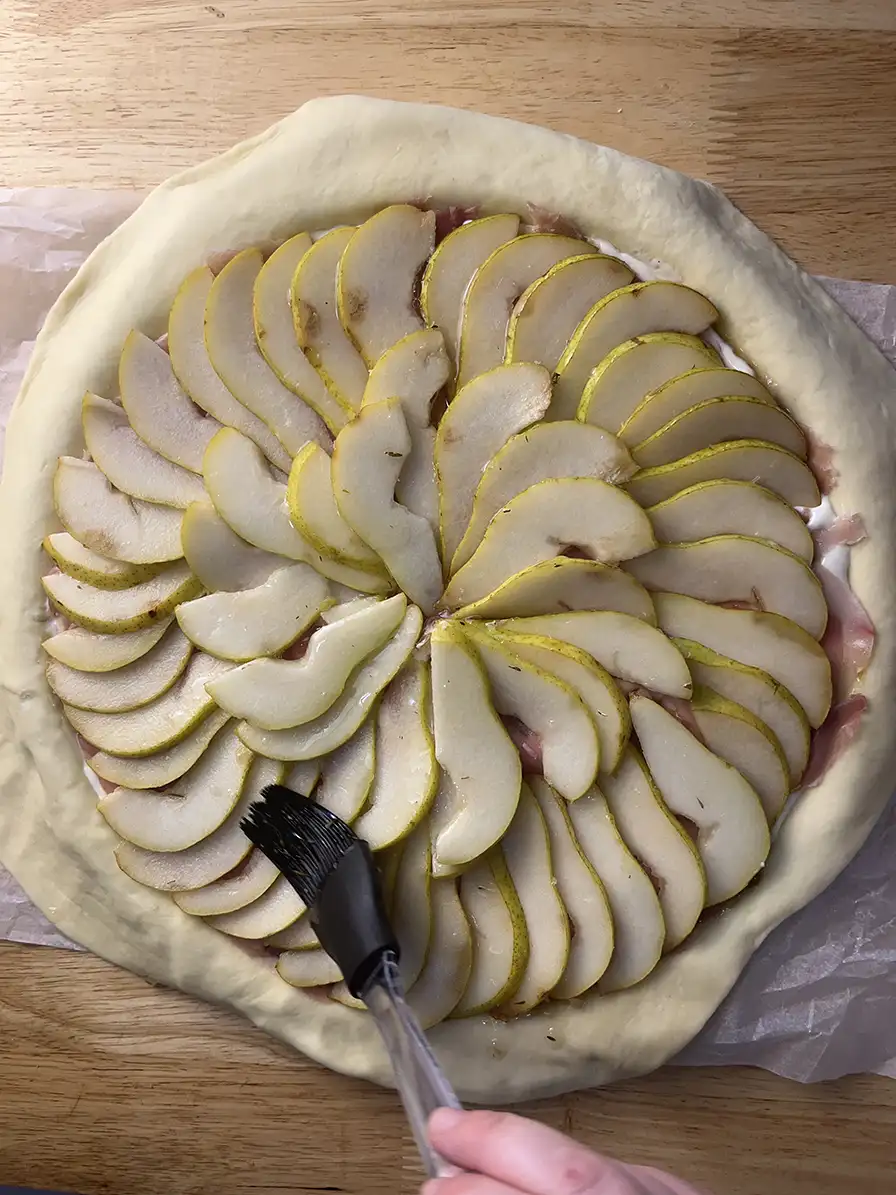
Place the galette into the oven on the middle rack to bake. Bake until the pastry is browned and the bottom is cooked through: around 45 minutes to 1 hour.
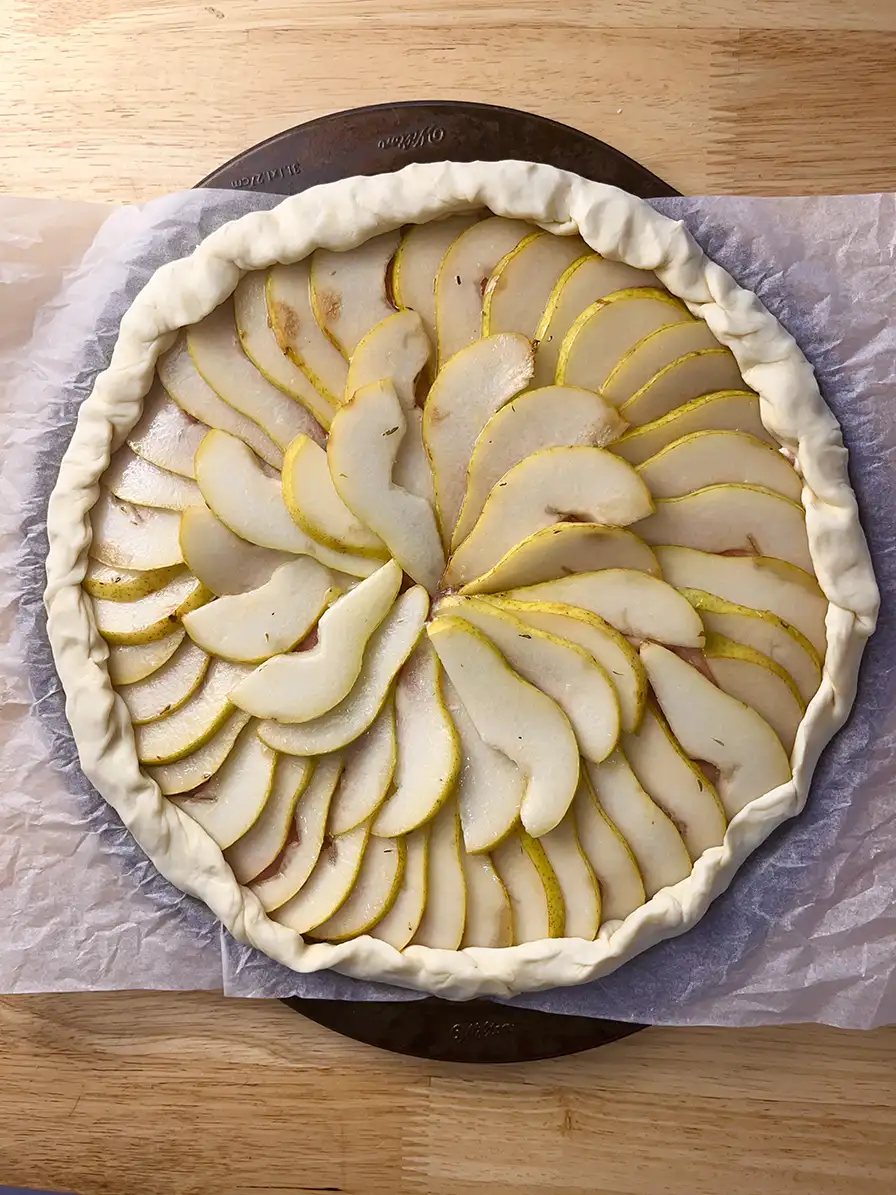
Remove the galette from the oven and allow it to cool slightly before serving.
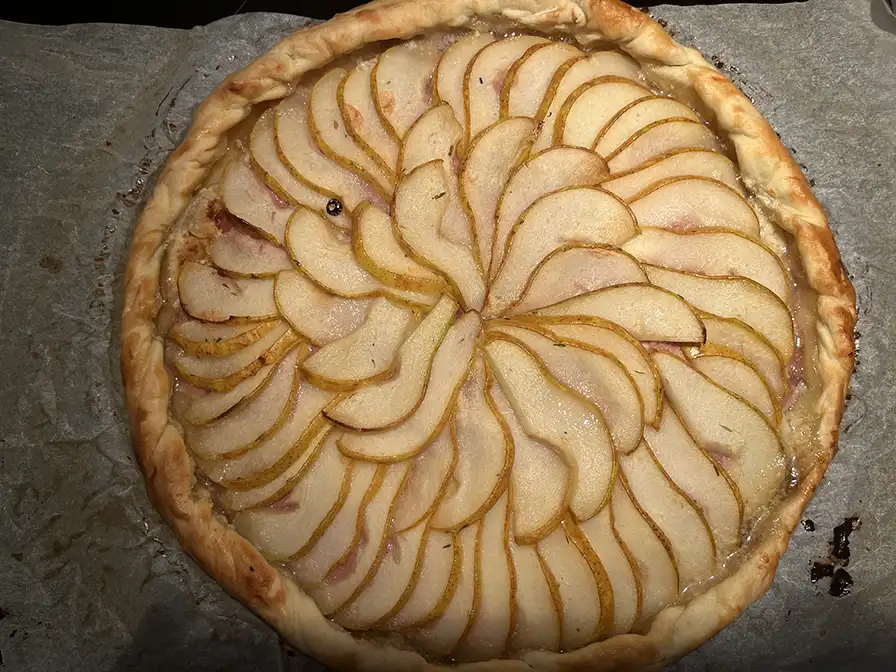
Enjoy!
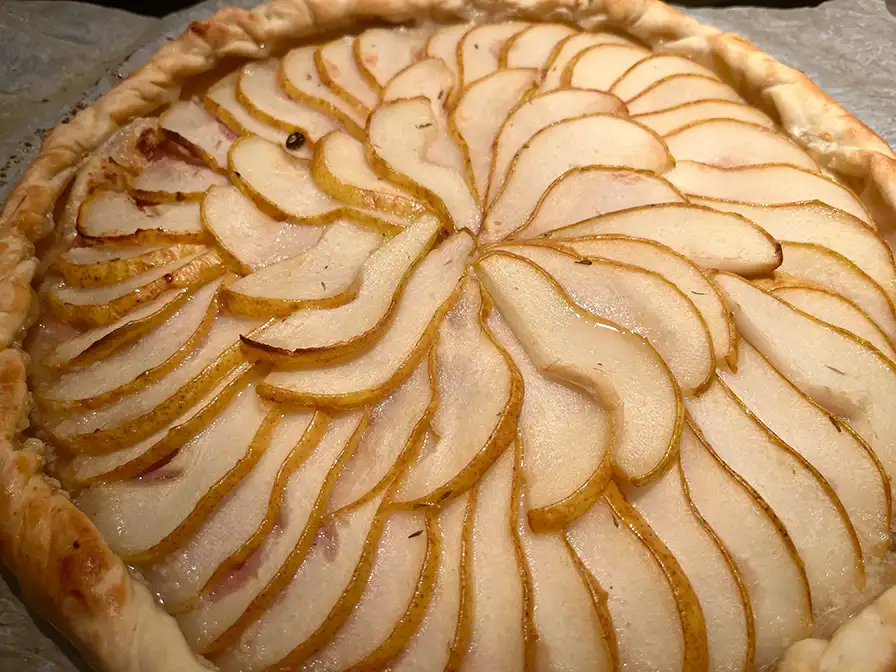
Pear Galette with Whipped Brie
For the Galette:
- 400 g (2 sheets) puff pastry
- 4 pears, thinly sliced
- 100 g (3.5 oz) prosciutto
- 1/4 cup fig jam
For the Whipped Brie:
- 250 g (8 oz) Brie cheese
- 2 cloves garlic
For the Thyme Honey Syrup:
- 1/4 cup honey
- 1/4 cup water
- 1 tsp dried thyme
- Food processor
- Vegetable peeler
- Small saucepan
- Basting brush
- Round sheet pan
- Parchment paper
- Knife
For the Whipped Brie:
- With a vegetable peeler or paring knife, remove the white rind from the cold cheese. Then, cut it into cubes and set aside to come to room temperature (about 1 hour).
- Add the room temperature cheese and garlic to a food processor and combine on high speed until smooth and light. If you are having trouble achieving this texture, you can add room temperature butter or cream. Set aside.
For the Thyme Honey Syrup:
- In a small saucepan, bring the water to a boil.
- Reduce to a simmer and add honey and thyme.
- Simmer on low heat for about 10 minutes and set aside to cool.
For the Galette:
- Preheat the oven to 400°F
- On a lightly floured surface, roll out the puff pastry into a large circle. Transfer it to a parchment paper lined pan and poke with a fork.
- Spread the fig jam in a thin layer on the puff pastry, leaving the edges of the pastry exposed.
- Spread the whipped brie on top of the fig jam.
- Evenly lay the prosciutto on top of the whipped brie layer.
- Lay the pear slices on top of the prosciutto layer.
- Fold the edges of the puff pastry.
- Using a basting brush, cover the pears in a small amount of the thyme honey syrup.
- Place in the oven on the middle rack and bake until the pastry is browned and the bottom is cooked through (45-60 minutes).
- Remove from the oven and allow to cool slightly before serving.
